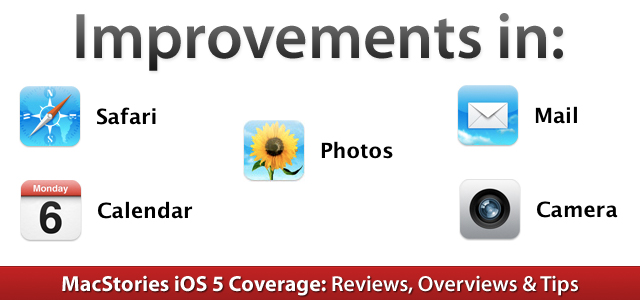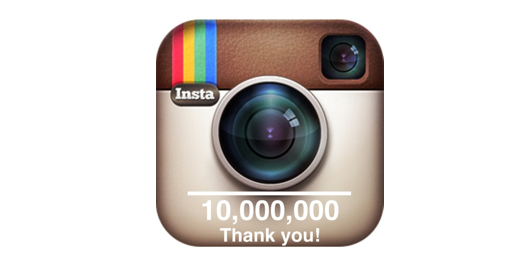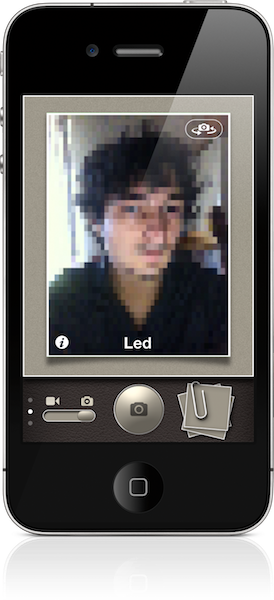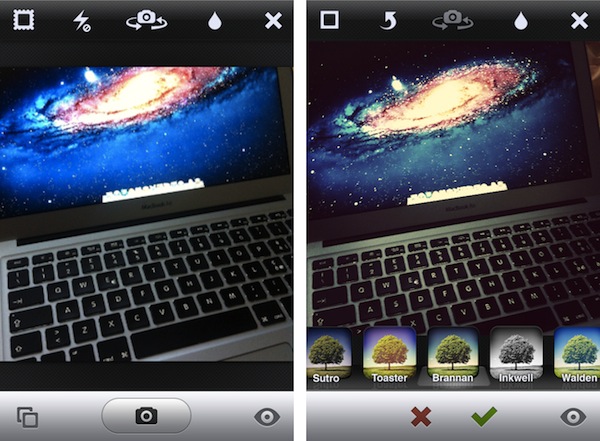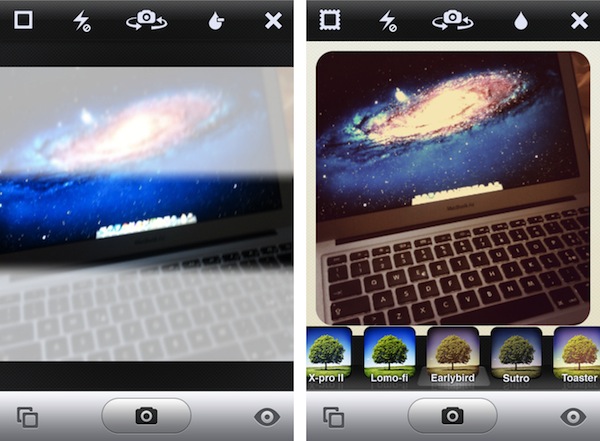Following the first Siri ad that was released last week, Apple uploaded three new commercials on its website and YouTube channel earlier today, showcasing once again the capabilities of the iPhone 4S’ voice assistant, as well as the improved camera and iCloud support.
The new commercials cover a wide range of hardware and software features of “the most amazing iPhone yet”, albeit some of them are also available on older generation models like the iPhone 4. The camera is described as “all new” with 8 megapixels and “advanced optics”, but the ad also focuses on what’s possible to do after a photo has been taken on an iPhone, showing the built-in photo editing functionalities that “no ordinary camera can do”. From the YouTube description:
With 8 megapixels, advanced optics and more, the all new camera on the iPhone 4S may be the only camera you need.
The second Siri commercial is similar to previous one, featuring different input requests from iPhone 4S users such as map directions, weather conditions, calendar appointements and Messages. Apple describes Siri as your “personal assistant for everything”.
The iCloud ad goes a little more technical – although with Apple’s usual clear and friendly style – to show iBooks and document sync across devices, Purchase history on iTunes, Photo Stream and Automatic Downloads for songs. “Now the things you do on your phone are everywhere you want them”.
Check out Apple’s new ads here, or watch the YouTube video embeds below.
Read more





